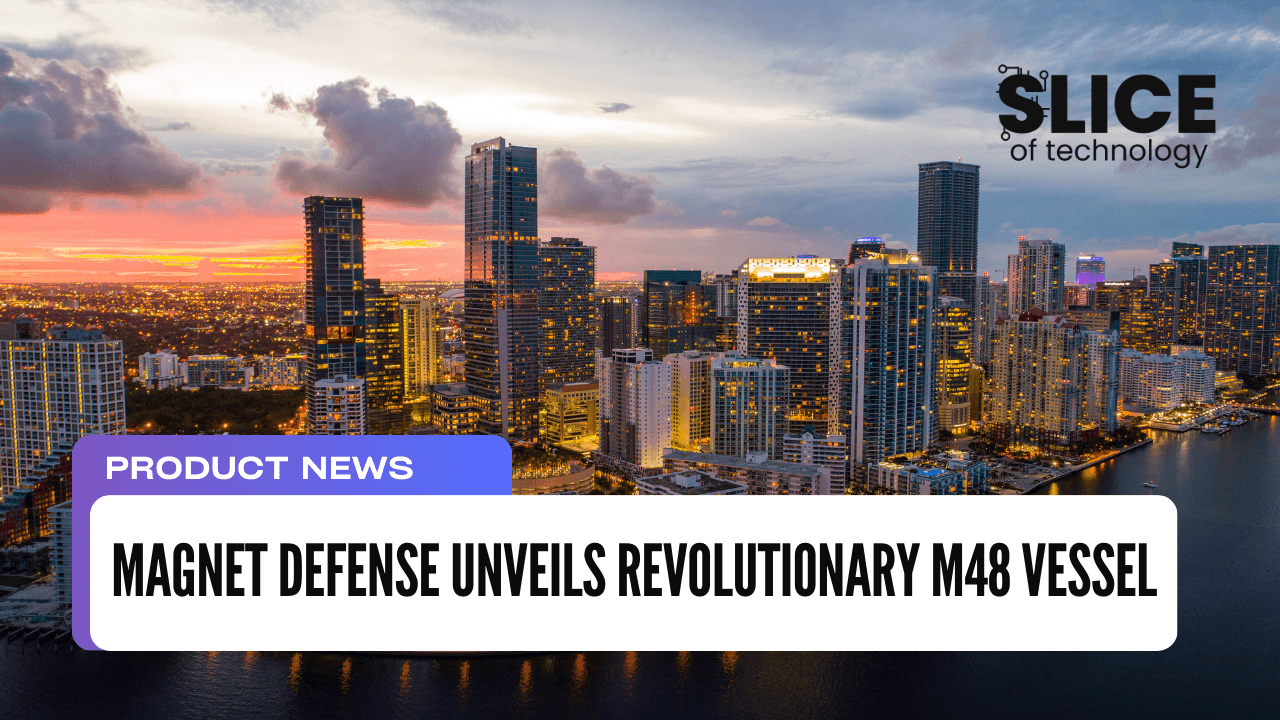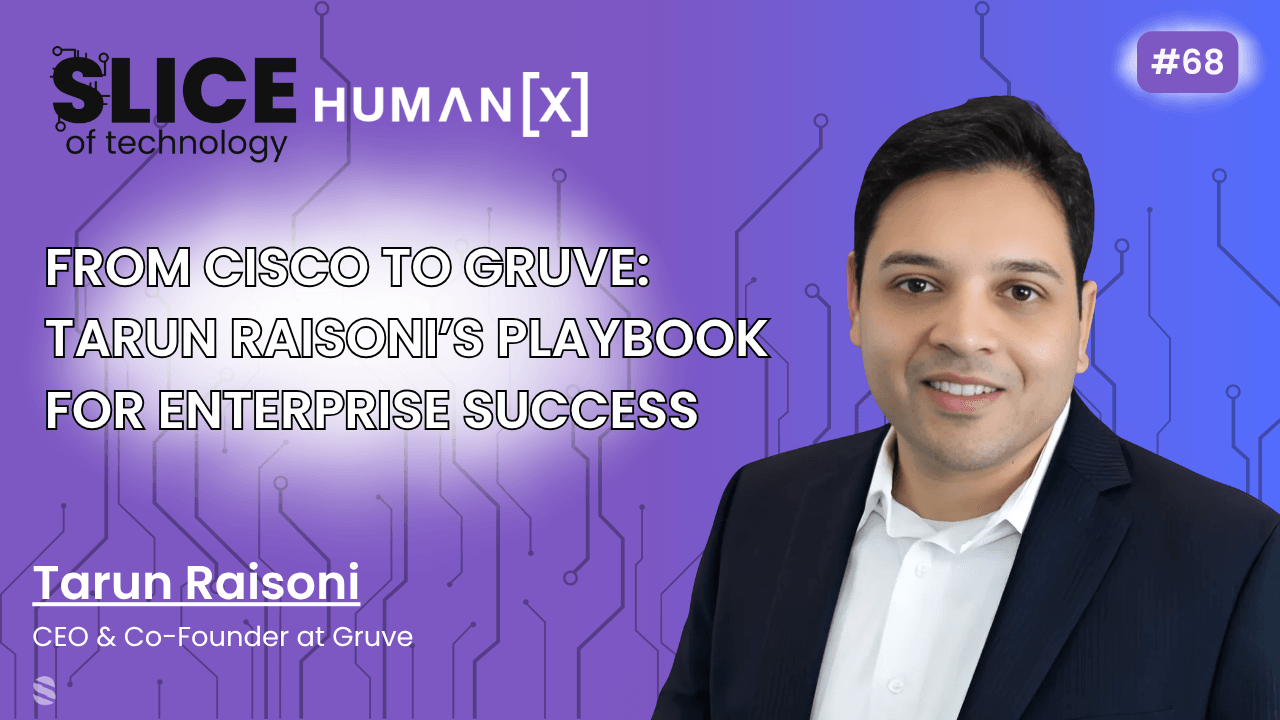
Join us on this week's episode of the Slice of Technology AI podcast, hosted by Jared S. Taylor!
Our Guest: Dinakar Mungala, Co-Founder & CEO at Blaize.
What you’ll get out of this episode:
- Defining Physical AI: AI outside the data center, solving real-world problems in cities, manufacturing, and defense.
- Blaize’s Edge AI Advantage: Purpose-built chips with low power, latency, and an intuitive AI Studio platform.
- Industry Applications: AI driving efficiencies in automotive, smart cities, defense, and airport logistics.
- Massive Market Shift: Physical AI is the next computing platform evolution, not just a trend.
- Action for Innovators: Now is the time for builders to experiment and lead in the physical AI revolution.
Watch
Listen
Read More



